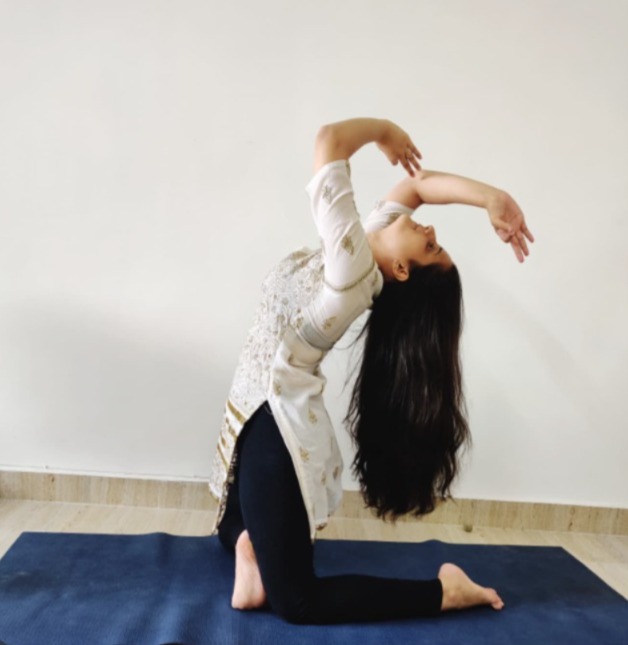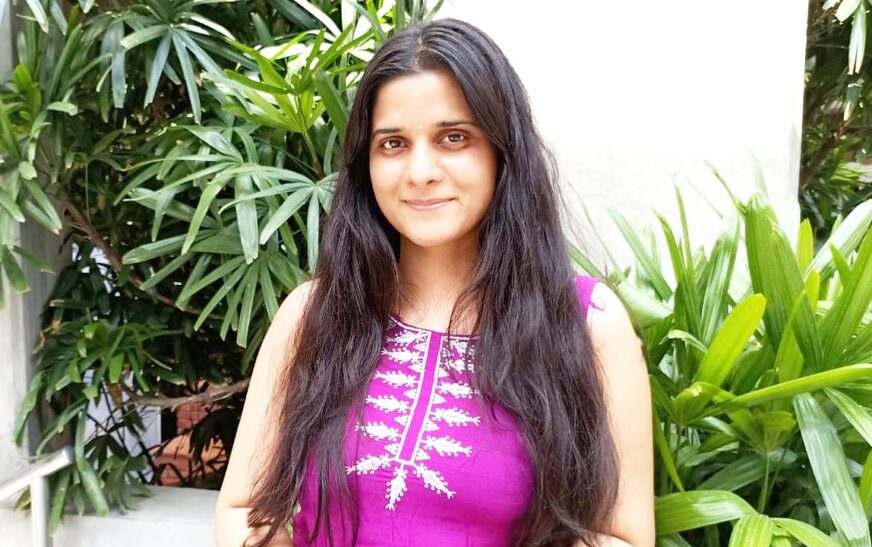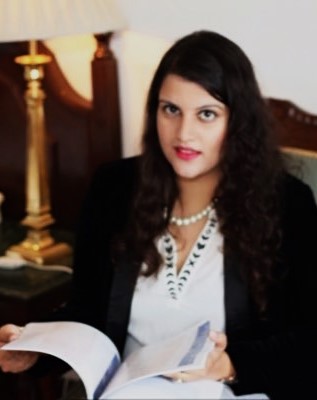As the world marks the International Day of Yoga 2025 under the evocative theme “Yoga for One Earth, One Health,” The Interview World pauses to reflect on the enduring relevance of yoga in today’s divided and fast-paced world. Yoga is far more than a physical discipline—it is a profound philosophy that roots humanity in nature and restores inner equilibrium. This year’s theme compels us to look beyond individual well-being and embrace a collective consciousness rooted in harmony and sustainability.
In an age defined by escalating ecological crises and mounting health challenges, yoga emerges as a timeless, holistic remedy. It seamlessly connects body, mind, and environment—reminding us that human health and planetary health are inextricably linked.
Progress, then, is not about mastering nature, but aligning with it. Yoga empowers us to return to ancient wisdom, offering a path to personal healing and planetary balance. It is both a practice and a perspective—guiding us to live more mindfully, sustainably, and compassionately.
Against this backdrop, The Interview World engaged in an exclusive conversation with Shreya Goswami, renowned Yoga Expert, during The Times of India Mission Admission. In this insightful dialogue, she emphasized the vital role of yoga in everyday life. She explained how ordinary individuals can harness yoga to cultivate mental clarity and spiritual growth. She highlighted its scientifically-backed health benefits and offered actionable strategies for students to manage stress and anxiety through regular practice.
Here are the key takeaways from her inspiring and deeply informative exchange.
Q: As an expert in the field, how do you personally define yoga, and why do you believe it is essential for people to incorporate it into their daily lives?
A: Yoga, a word rooted in the ancient Sanskrit term “yog,” means union—the profound connection between two entities. It signifies the union of the self with the universe, the merging of breath with the inner body. This concept stems from the convergence of Purusha (consciousness) and Prakriti (nature), reminding us that we are born of the environment and will ultimately return to it. So, why not honour the body—this vessel of life—through the practice of yoga?
But yoga is not merely about physical postures or asanas. It extends far beyond. The deeper dimensions of yoga—pranayama (breath control), dhyana (meditation), and samadhi (liberation)—are eloquently outlined in the Patanjali Yoga Sutras, a foundational text that I follow with deep conviction. Patanjali describes the four stages of yogic progression: Samadhi, Sadhana, Vibhuti, and Kaivalya. Within this framework, asanas serve as a gateway—not the destination—to spiritual awakening.
If one seeks to discover life’s higher purpose, yoga offers a pathway. The physical practice may initiate the journey, but the true essence lies in the integration of body, mind, and spirit.
Yoga also unfolds in three fundamental paths: Dhyana Yoga, Kriya Yoga, and Karma Yoga. Each offers a distinct approach to reaching a higher state of self.
Dhyana Yoga—the meditative path—requires nothing more than a quiet space, a steady posture, and focused awareness. Close your eyes. Shift inward. Concentrate on whatever brings you peace. That is the heart of dhyana.
Karma Yoga, on the other hand, teaches purposeful action. Immerse yourself fully in whatever you do. Work with dedication, free from anxiety, expectation, or external validation. Surrender the outcome, and transform the act itself into meditation.
In essence, yoga is not a single practice—it is a way of being. Whether through mindful movement, breath, action, or stillness, yoga invites you to evolve, connect, and awaken.
Q: How can an ordinary person effectively use yoga as a tool for mental clarity and spiritual growth?
A: Yoga transforms you on three profound levels—physical, mental, and spiritual. Begin by chanting Om, every morning and evening. This simple yet sacred routine will leave you remarkably calmer—noticeably more at peace than you’ve ever been.
Next, turn your attention inward. Focus on your breath. Recognize that each inhale and exhale is not just a biological act, but a conscious connection to life itself. In that awareness, you are already practicing yoga—fully, deeply, and meaningfully.
Q: What are the medical benefits of practicing yoga? Which diseases or health conditions can it help manage or potentially cure, and could you briefly elaborate on that?
A: Take back pain, for instance—a common issue today, especially with the long hours spent sitting at computers. Students suffer too, often hunched over books for extended periods. As a result, back pain has become nearly universal.
But here’s the good news: with just five to six simple asanas practiced daily, you can relieve and even eliminate back pain. Experiencing cervical discomfort or persistent neck pain? Start practicing yoga. Add meditation to your routine. With consistency, you’ll notice the pain gradually disappears.
Knee pain? Joint aches? Yoga offers real relief here as well. A short, daily session that combines mindful movement with targeted asanas can significantly ease these conditions. Even a modest effort yields remarkable healing.
Q: With rising stress levels among students today, what advice would you offer them to manage their mental well-being effectively?
A: Anxiety, stress, and sleepless nights often come bundled with the pursuit of a career. These pressures are almost inevitable in today’s fast-paced professional life.
However, chronic stress doesn’t just weigh on the mind—it quietly triggers or worsens physical ailments as well. That’s why it’s crucial to move your body and release that buildup of tension.
Yoga offers a powerful solution. It nurtures you—both inside and out. Through mindful movement and breathwork, yoga creates space for calm to return. Most importantly, when you consciously connect with your breath, you begin to dismantle anxiety at its root. The result? A calmer mind, a healthier body, and restful, restorative sleep.









